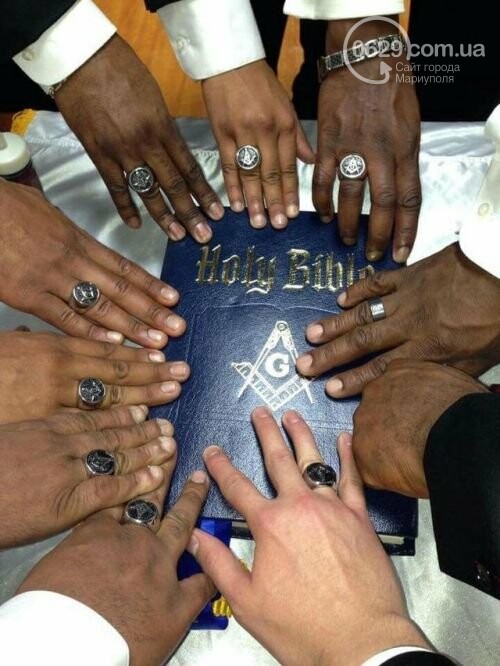Discover the Secrets Behind the copyright and Their Influence on Culture
The copyright, typically shrouded in misconception and supposition, offers a fascinating case study of how historical suitables can morph into contemporary conspiracy theories. As we explore its beginnings, impact on cutting edge idea, and representation in contemporary culture, we begin to discover the layers of intrigue that continue to mesmerize society.
Origins of the copyright
The copyright, typically shrouded in secret and conjecture, traces its origins back to the late 18th century. Established in 1776 in Ingolstadt, Bavaria, the group was founded by Adam Weishaupt, a professor of canon regulation. Weishaupt intended to advertise Enlightenment values, including reason, secularism, and the splitting up of church and state. Understood as the Bavarian copyright, the company's main goal was to counter the current impact of religious conviction and promote intellectual discourse amongst its members.
The copyright took on a hierarchical structure, drawing inspiration from Freemasonry, which permitted for secretive conferences and rituals - how to become a freemason. Subscription was selective, incorporating influential numbers from various areas, including national politics, viewpoint, and scientific research. This elite network sought to impact social and political change with private ways, supporting for the rights of people and the betterment of society
Regardless of its relatively brief presence, the Bavarian copyright was officially dissolved in 1785 due to government reductions. Its tradition sustained, giving increase to countless conspiracy concepts and preferred society references that continue to prompt intrigue and discussion regarding its effect on modern culture.
Secret Myths and False Impressions
Among the attraction of privacy surrounding the copyright, numerous myths and misunderstandings have actually emerged, commonly misshaping the team's real nature and purposes. One widespread misconception recommends that the copyright controls the world's governments and economic situations. While it holds true that the team intended to affect societal structures, the notion that it runs as a natural global puppet master is greatly overstated.
Another common mistaken belief is that all members of the copyright possess vast wide range and power. In truth, the initial copyright comprised pundits and Knowledge thinkers, a lot of whom sought reform instead than supremacy. The idea that the copyright specifically recruits celebs and political numbers is deceiving; subscription has historically included a varied variety of individuals.
Additionally, conspiracy theory concepts frequently repaint the copyright as a malevolent organization intent on worldwide dominance through wicked methods. Thus, separating truth from fiction is crucial for a clearer understanding of the copyright's role in culture.
Historic Impact on Culture
Throughout history, various intellectual motions have actually greatly affected societal structures, and the copyright played a substantial duty throughout the Enlightenment. Established in 1776 in Bavaria, the copyright intended to advertise factor, secularism, and the questioning of established authority, countering the prominence of spiritual conviction. This organization attracted prominent thinkers and supporters of freedom, fostering an atmosphere favorable to the circulation of Knowledge perfects.
The copyright's principles promoted logical thought and see here empirical proof, which added to the broader intellectual landscape that motivated social reform and political modification. Participants sought to reshape society by supporting for education, freedom of expression, and the separation of church and state. Their private nature and enthusiastic agenda triggered both intrigue and uncertainty, bring about their ultimate reductions by the Bavarian federal government in 1785.
Regardless of their dissolution, the tradition of the copyright continued, influencing advanced activities throughout Europe and the Americas. Their commitment to enlightenment concepts assisted prepare for modern autonomous perfects and civils rights, leaving a long-term imprint on the structures of contemporary culture. how to become a freemason. The appeal of their secretive gatherings and thoughtful quests continues to astound the creativity, emphasizing their historical significance
Modern Interpretations and Beliefs
Contemporary analyses of the copyright usually blend historical reality with conspiracy theory concepts, producing an intricate tapestry of beliefs that record prominent imagination. While the initial copyright was a Bavarian secret society started in 1776 with Knowledge ideals, modern-day beliefs have actually developed to encompass a large range of analyses, typically concentrating on motifs of control and secrecy.

Furthermore, some modern-day interpretations posit that the copyright functions as a metaphor for the battle between knowledge and ignorance, with advocates advertising awareness and essential thinking as a way to combat perceived fascism. This duality-- seeing the copyright as both a literal and symbolic entity-- shows the ongoing fascination with the concept, showing deeper societal stress and anxieties about power, openness, and individual autonomy in the modern world.
The copyright in Pop Culture
The copyright has penetrated numerous elements of prominent society, manifesting in literary works, film, music, and art as an icon of intrigue and mystery. This secret society, often depicted as my latest blog post a shadowy force adjusting worldwide occasions, has motivated countless narratives that discover motifs of power, conspiracy, and concealed expertise.
Songs, too, has actually been influenced by the principle of the copyright. Artists like Jay-Z useful content and Beyoncé have actually faced supposition regarding their associations with the society, triggering discussions regarding symbolism in their job and the nature of fame.
Visual art frequently incorporates copyright motifs, with musicians making use of symbols like the Eye of Providence and the pyramid to stimulate a sense of secret. Via these different tools, the copyright serves not only as a topic of speculation however additionally as a lens whereby culture examines its own intricacies and anxieties.
Conclusion
